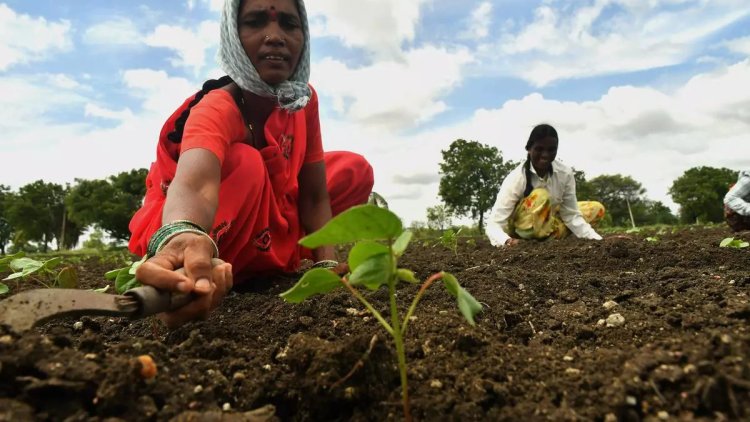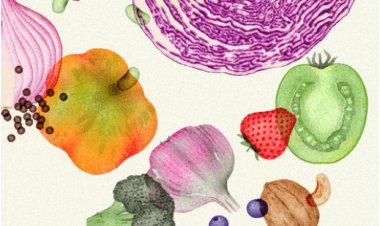Rural Poverty Decreases, Yet Lifestyle Challenges Arise
NITI Aayog Unveils Updated Multidimensional Poverty Index (MPI) for India, Highlighting Positive Shifts

NITI Aayog, the public policy think tank, has released an updated Multidimensional Poverty Index (MPI) for India, shedding light on the country's advancements across three equally significant dimensions: health, education, and standard of living. The recently published Progress Review 2023 showcases a significant decrease in the percentage of the population experiencing multidimensional poverty, plummeting from 24.85 percent to 14.96 percent between 2015-16 and 2019-21. This remarkable shift signifies that approximately 135.5 million individuals have transitioned out of poverty during this period.
Concurrently, the Intensity of Poverty (commonly referred to as extreme poverty) has also witnessed a decline, dropping from 47.14 percent to 44.39 percent. This positive development is attributed to targeted development initiatives pursued by both Union and State Governments, in collaboration with other stakeholders.
In rural regions, there has been a substantial surge in the construction of sturdy houses, both "pucca" and semi-pucca. Cellphones, predominantly smartphones, have become nearly ubiquitous. Motorbikes have overtaken bicycles as the prevailing mode of transportation. Village stores are abundantly stocked with a variety of branded consumer goods. Education for girls has gained momentum, while festivities, including weddings, now incorporate DJ systems and videography. These transformations are evident in the aspirational villages within the Bundelkhand region of Uttar Pradesh, distinctly reflecting a gradual enhancement in the rural economy.
These encouraging shifts align with the findings in the Review, revealing a decline in the poverty rate from 32.59 percent to 19.28 percent in rural areas between 2015-16 and 2019-21. However, while these indicators underscore the progress narrative, certain concerns warrant careful consideration and discussion.

 chandni
chandni 



